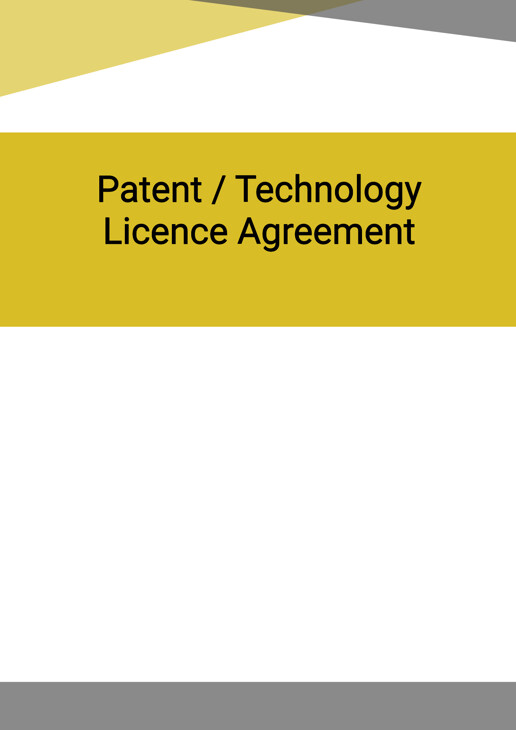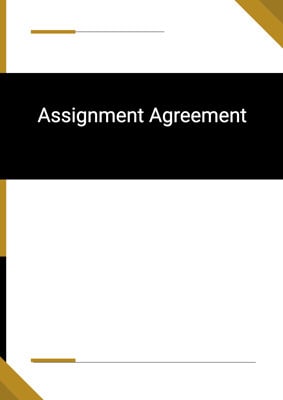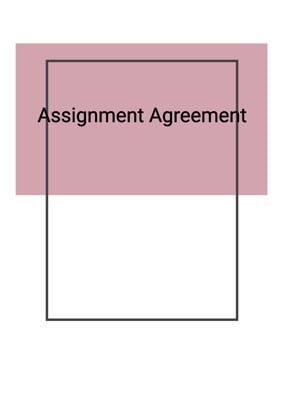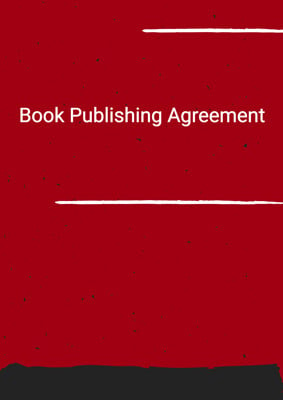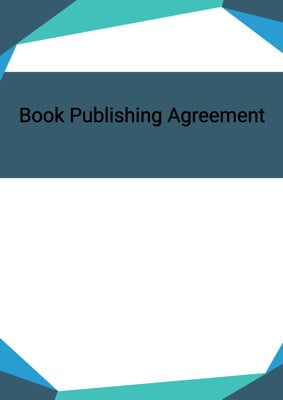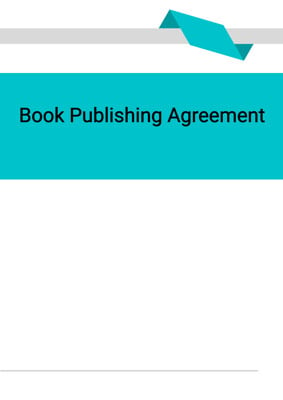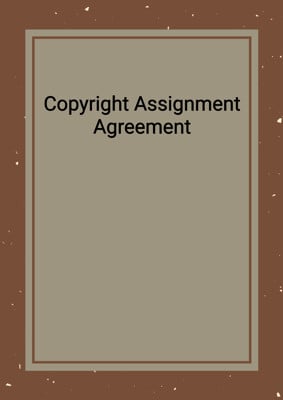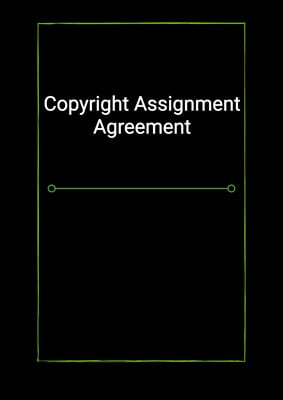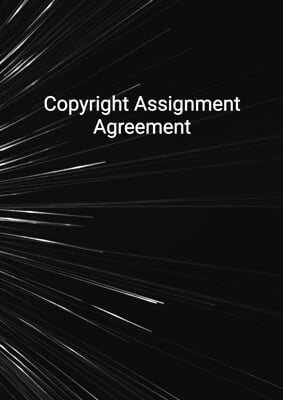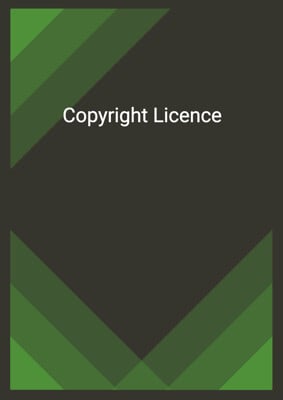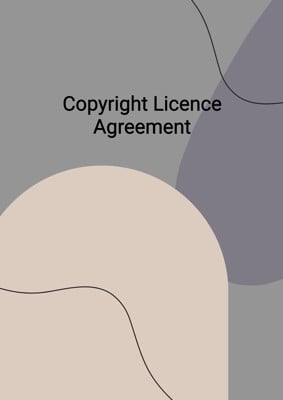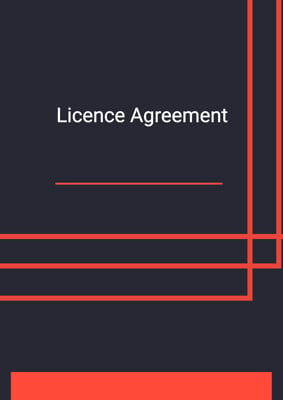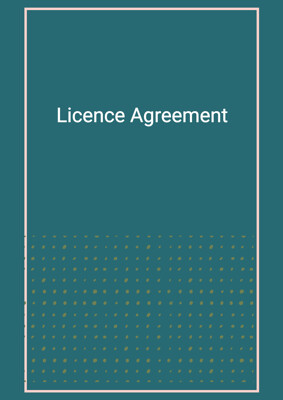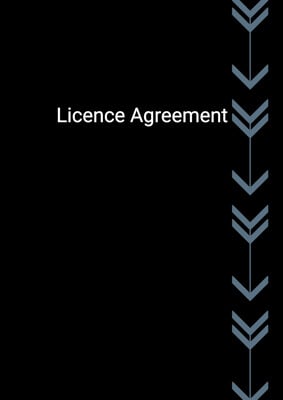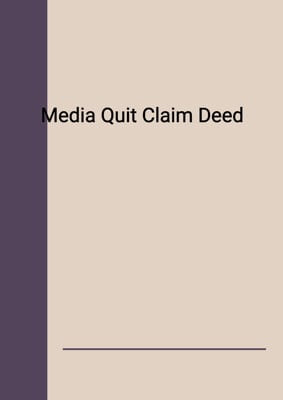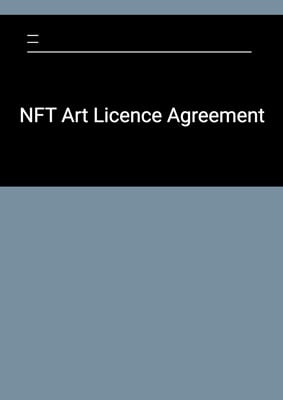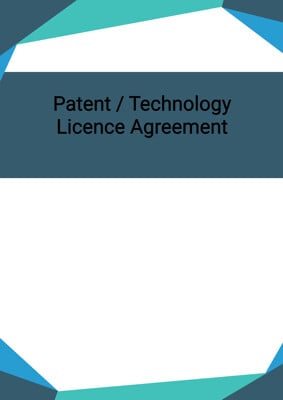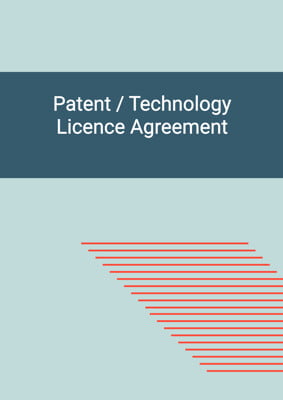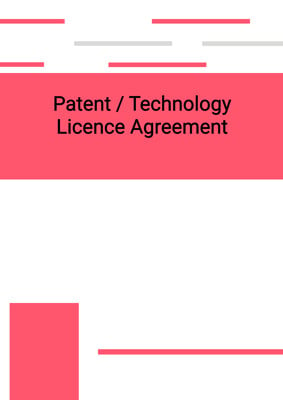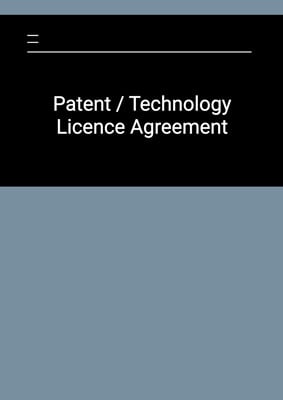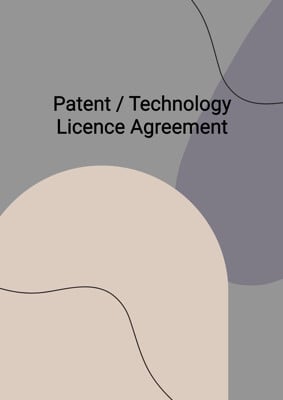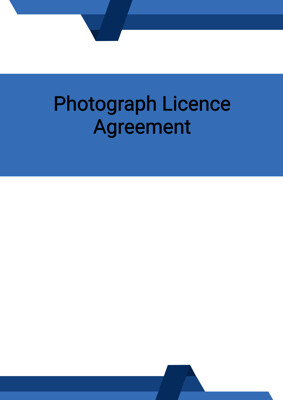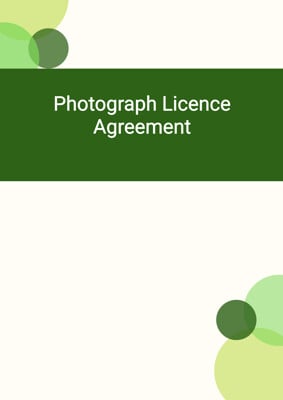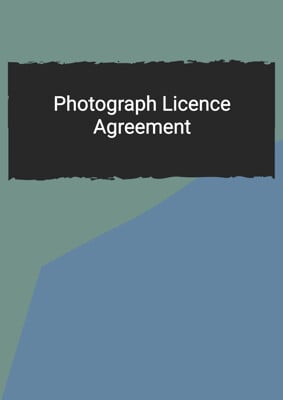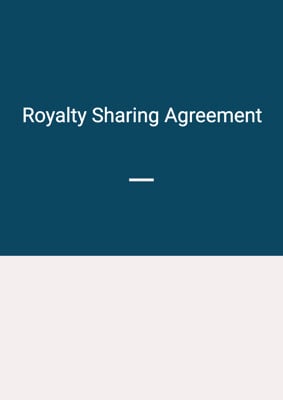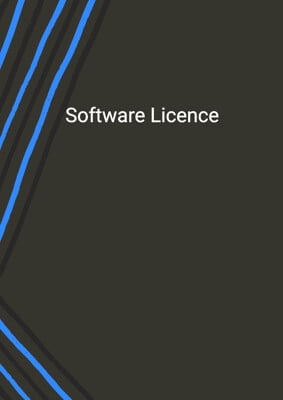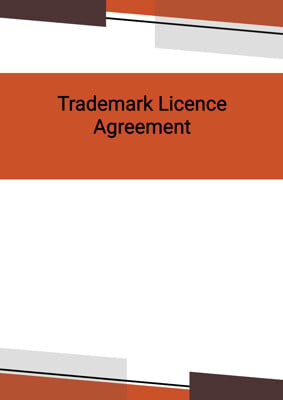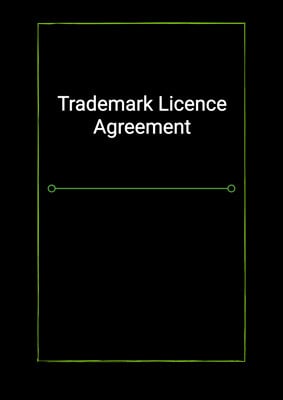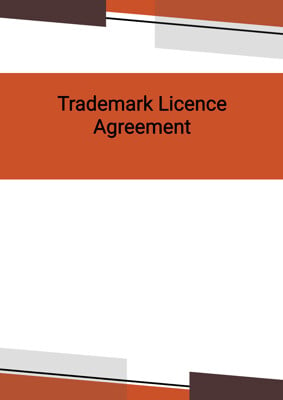How to Tailor the Document for Your Need?
01
Create Document
Fill in the details of the parties. You can click the "Fill with Member’s Information" button to complete it with information saved to your account.
02
Fill Information
Please fill in any additional information by following the step-by-step guide on the left hand side of the preview document and click the "Next" button.
03
Get Document
When you are done, click the "Get Document" button and you can download the document in Word or PDF format.
04
Review Document
Please get all parties to review the document carefully and make any final modifications to ensure that the details are correct before signing the document.
Document Preview
Document Description
The Patent/Technology Licence Agreement is a legal document that grants the licensee the right to use certain intellectual property (IP) owned by the licensor. The agreement is entered into between the licensor and the licensee, with the licensor being the party that owns the IP and the licensee being the party that wishes to obtain a license to use the IP.
The agreement begins with a brief introduction, highlighting the importance of the document. It then provides definitions for key terms used throughout the agreement, such as 'commencement date', 'confidential information', 'force majeure', 'licensed IP', and 'technology'. These definitions help ensure clarity and understanding of the terms used in the agreement.
The agreement then proceeds to outline the license granted by the licensor to the licensee. It specifies that the license is non-exclusive and non-transferable, meaning that the licensee cannot sublicense the license without prior written consent from the licensor. The agreement also states that the licensee must pay a license fee to the licensor within a specified timeframe.
Furthermore, the agreement addresses the issue of improvements made by the licensee. It states that any intellectual property rights in improvements will vest in the licensor, and the licensee must promptly disclose all confidential information relating to or subsisting in the improvements. The licensee is also required to do all things necessary to vest, confirm, and record the ownership rights of the licensor in the improvements.
The agreement includes provisions regarding the disclosure of licensed IP, additional consultancy services that may be provided by the licensor, conditions of use, confidentiality and publications, liabilities and warranties, force majeure, and termination. These provisions help protect the rights and interests of both parties and ensure compliance with legal requirements.
Overall, the Patent/Technology Licence Agreement is a crucial document that establishes the rights and obligations of the licensor and the licensee regarding the use of intellectual property. It provides a legal framework for the licensing of technology and helps protect the interests of both parties involved.
How to use this document?
1. Review the agreement: Familiarize yourself with the terms and conditions of the Patent/Technology Licence Agreement.
2. Enter the parties' information: Fill in the names and principal places of business of the licensor and the licensee in the agreement.
3. Specify the purpose: Clearly state the purpose for which the licensee wishes to obtain a license to use the licensed IP.
4. Pay the license fee: Ensure that the license fee is paid to the licensor within the specified timeframe.
5. Disclose confidential information: If the licensor has not already done so, request the disclosure of all licensed IP within 14 days of the commencement date.
6. Comply with statutory requirements: Ensure that the use of the licensed IP conforms to any applicable statutory or regulatory requirements.
7. Maintain confidentiality: Both parties must maintain the secrecy and confidentiality of any confidential information disclosed during the agreement.
8. Obtain consent for publications: Obtain the licensor's prior written consent before publishing any material containing or relating to the licensed IP.
9. Comply with warranties and liabilities: Both parties must comply with the warranties and liabilities outlined in the agreement.
10. Handle force majeure events: If force majeure prevents either party from fulfilling their obligations, the affected party's obligation is suspended until the force majeure event ceases.
11. Terminate the agreement: If the agreement has a fixed term, it automatically terminates on the end date. If it has a continuing term, follow the termination provisions specified in the agreement.
12. Seek legal advice if needed: If you have any doubts or concerns about the agreement, consult with a legal professional for guidance.
Not the right document?
Don’t worry, we have thousands of documents for you to choose from:
